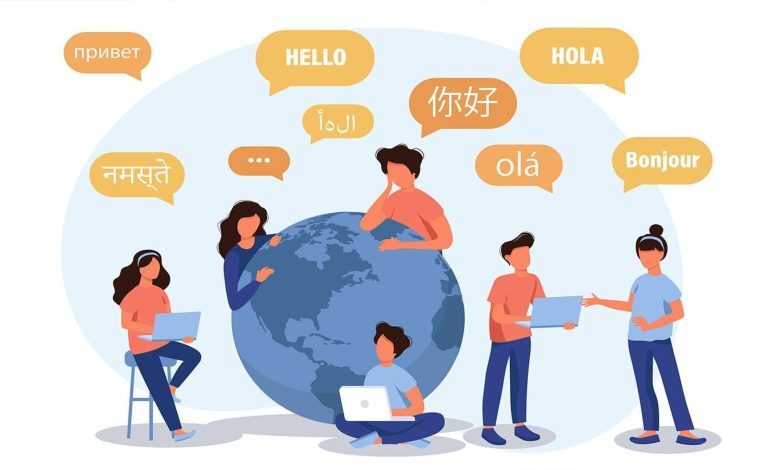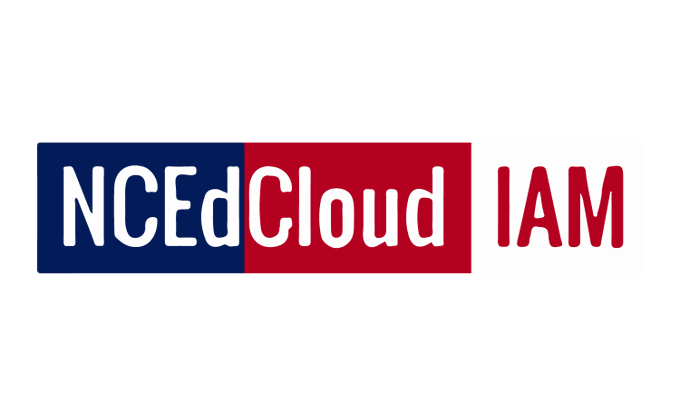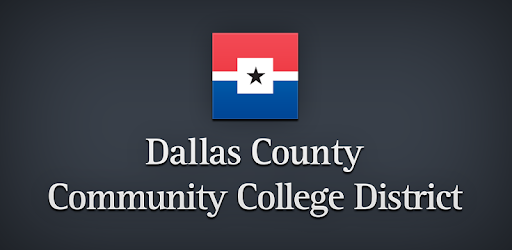
We live in an increasingly connected world, and the ability to communicate in multiple languages is not just preferable but often essential. Language skills are in high demand for both personal enrichment and professional improvement. The methods of gaining these skills have also evolved, offering people a choice between traditional in-person classes and modern online platforms.
Convenience and Flexibility
One of the most significant advantages of online language learning is convenience and flexibility. Namely, online platforms allow people to access lessons anytime, anywhere, which can be a huge advantage compared to in-person classes. The options are numerous, and whether it’s squeezing in a lesson during a lunch break or studying from the comfort of your home, online learning helps people improve and learn more in a more convenient way.
On the other hand, in-person classes follow a fixed schedule and location, meaning that the people have to physically attend the class and make time to get to the classroom at specific times. While this structure may provide a sense of routine for some, it can be challenging for those with busy lifestyles or irregular schedules. Now, since we live at such a fast pace, in-person classes are slowly becoming a thing of the past, which, considering all the facts and downsides of it, is pretty understandable.
Personalized Learning Experience
Online language learning platforms like PhraseFluent often utilize algorithms and artificial intelligence to prepare lessons for each student’s proficiency level, learning style, and goals. Through interactive exercises, personalized feedback, and adaptive curriculum, these platforms offer a customized learning experience that adapts to the individual needs of each learner. Also, students who attend these classes have the freedom to progress at their own pace, revisiting challenging concepts as needed or accelerating through familiar material.
In-person classes typically follow a predetermined curriculum designed to suit the needs of a group of students. While instructors may strive to accommodate individual differences, the limitations of a classroom setting can make personalized attention difficult to achieve. Students may find themselves either held back by the pace of the class or struggling to keep up with the curriculum. Of course, this is a traditional way of learning, which has worked greatly for centuries, but as things change, finding the best possible solutions so that those who are really eager to learn more can do so much easily.
Effectiveness and Learning Outcomes
The effectiveness of any language learning method depends on the learner’s motivation, dedication, and consistency. Both online and in-person classes can generate positive learning outcomes when approached with the right mindset and commitment. Online language learning platforms leverage cutting-edge technology and pedagogical techniques to deliver engaging and effective instruction. With plenty of resources, features, multimedia content, and interactive exercises at their disposal, people can immerse themselves in the target language and culture. The flexibility of online learning enables learners to integrate language practice into their daily routines, fostering continuous improvement over time. In-person classes offer a more structured and guided approach to language learning, with experienced instructors providing direct feedback and support. The immediate accountability and social interaction in a classroom setting can enhance motivation and retention, leading to accelerated progress for some learners.








